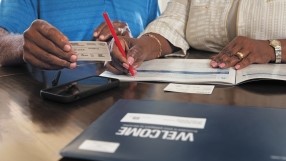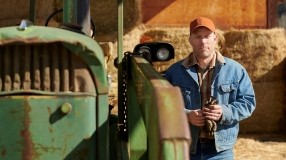Brushing Your Toddler's Teeth
Teach your toddler how to brush by doing it for them

Growing Too Fast
The toddler stage can be fun and exciting, where your child's individuality shines in character development as their vocabulary expands. At this age, toddlers want to do it all by themselves. While promoting some independence is healthy, it is important to supervise their actions to reduce the risk of injury. For tasks such as tooth brushing, you'll want to perform it for your child until they develop the dexterity to hold the toothbrush at a forty-five-degree angle and brush in a circular motion to remove plaque.
Plaque is a sticky film consisting of many layers of hundreds of different types of bacteria. If left undisturbed, it attaches to tooth surfaces and can contribute to decay and gum disease.
By age three, toddlers typically have all twenty of their baby teeth erupted: ten on the top and ten on the bottom. Baby teeth are susceptible to decay as soon as they appear in the mouth, so special care should be taken to keep them clean and healthy.
Get Comfortable
Toddlers are creative and can get bored quickly, which means the process of tooth brushing can be a challenge. To get your child involved, try making it a game of hide-and-seek. Once you have your toddler's attention, position a pillow on your lap and have your child lay their head on it. This position provides a secure environment for your toddler and allows you to brush without compromising a healthy posture. Another method is to stand behind your toddler to brush and floss. To keep your toddler's attention, you can turn it into a two-minute game, sing a two-minute song or tell a short story and end the session with positive praises.
Brush in a circular motion with the toothbrush angled at forty-five-degrees towards the gum. The toothpaste amount should be the size of a rice grain if your child is in the early stage of tooth eruption and a pea-sized amount if your child's teeth have fully erupted.
Don't Forget to Floss
Flossing is as essential as brushing. The purpose of flossing is to remove plaque and food particles from in-between the teeth where a toothbrush cannot reach. Flossing prevents cavities, gingivitis and gum disease.
To floss your child's teeth, break off about 18-24 inches of floss and wrap most of it around your middle fingers until only 1-2 inches of floss are between them. Place the floss between two teeth, and rub it against both sides of each tooth to remove plaque. Curve the floss as you approach the base of each tooth by forming a "C" shape. Using a clean section of the floss, repeat this process as you move from tooth to tooth. You can also use a floss holder or floss picks designed for children to scrape the plaque from the sides of each tooth.
Create a Healthy Habit with Your Toddler
Instilling a healthy habit of brushing and flossing in your toddler's daily routine may result in consistency of their oral health care as they grow. These good habits can last into adulthood.
Note: The information in this document is not meant to replace the advice of your dentist or another licensed healthcare professional. Talk to your dentist for any specific dental advice.






